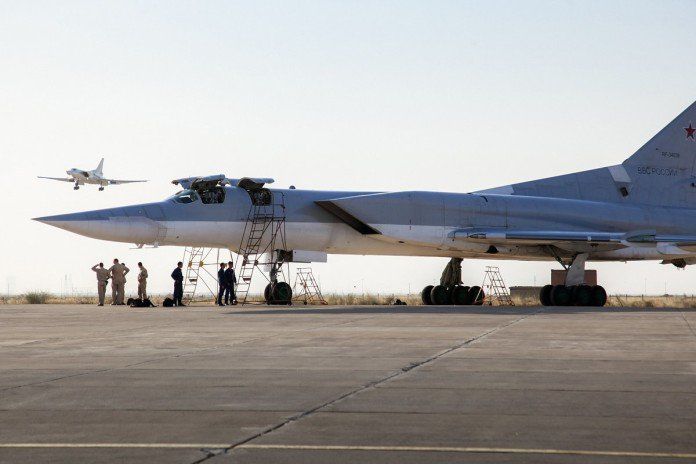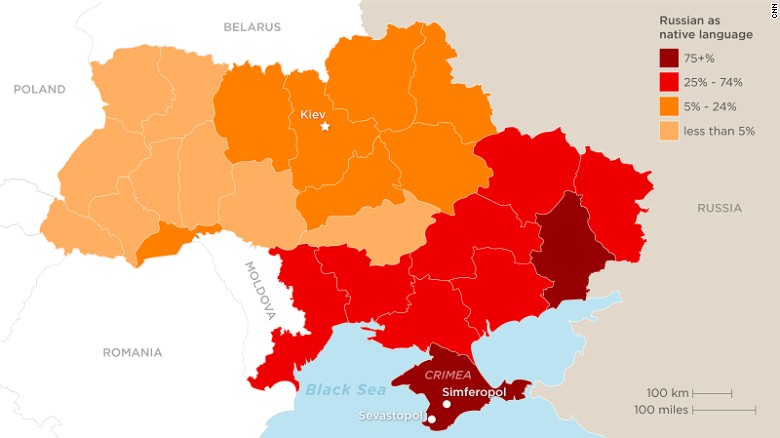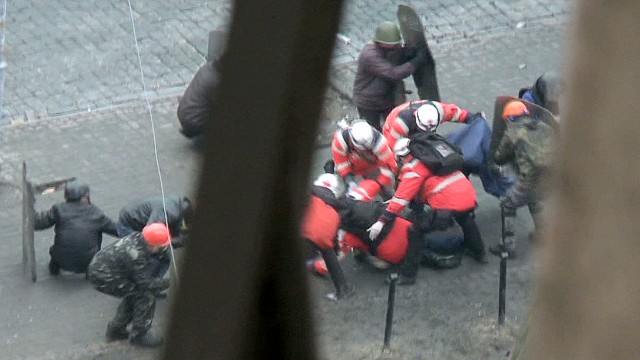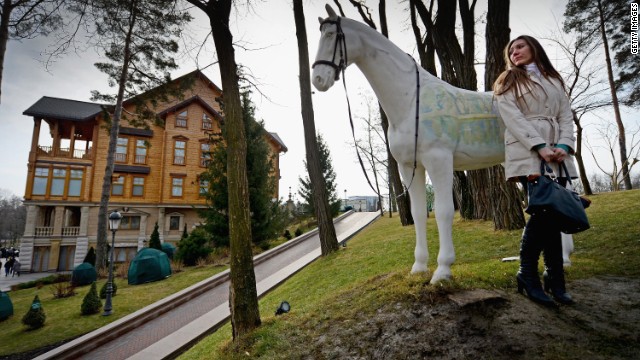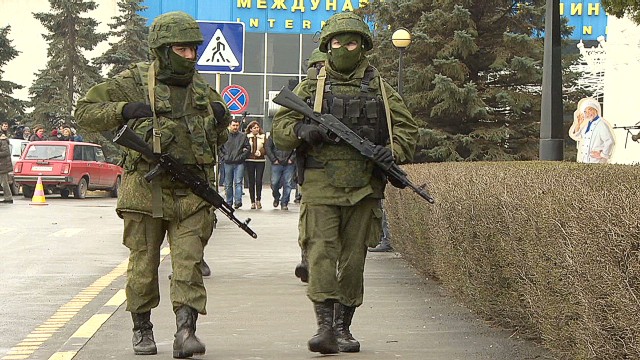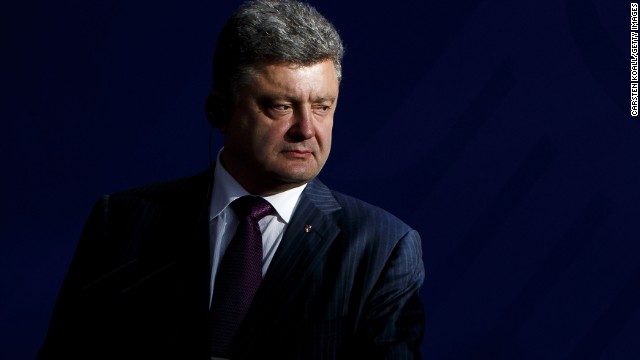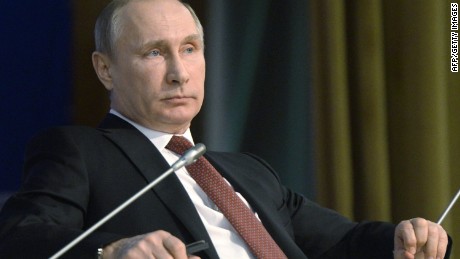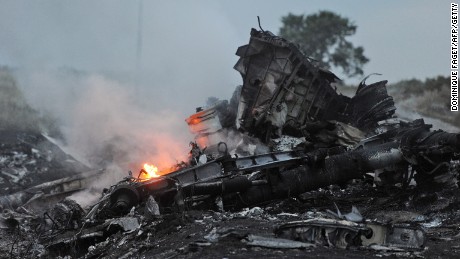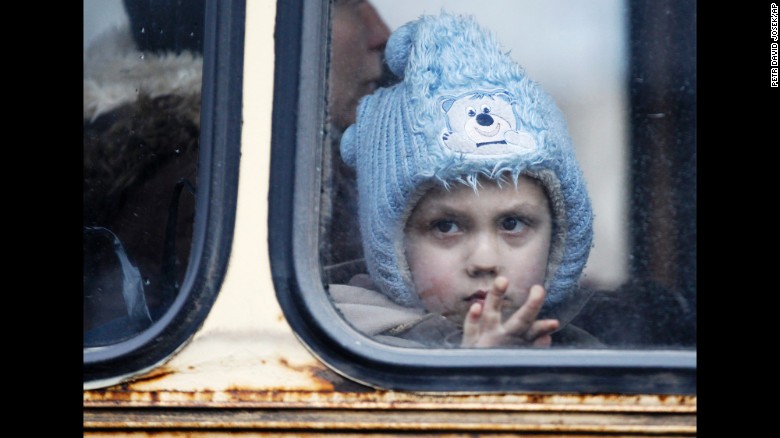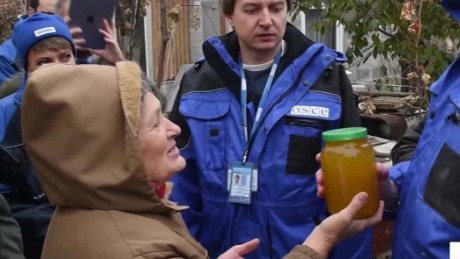For Putin, it is all financial and likely to flush out NATO operations if possible.
BusinessInsider: Ukraine says it thinks Vladimir Putin is planning a new invasion, and it’s not hard to see why: the Russian leader has built up troops on its border and resumed the hostile rhetoric that preceded his annexation of Crimea two years ago.
But despite appearances, some experts say Putin is more likely seeking advantage through diplomacy than on the battlefield, at least this time around.
“It’s about sanctions,” Andrey Kortunov, director general of the Russian International Affairs Council, a Moscow-based foreign policy think tank close to the Russian Foreign Ministry, told Reuters.
“It looks like a way of increasing pressure on Western participants of the Minsk peace process,” he said of a peace deal set up for eastern Ukraine, where pro-Russian separatists have battled against government forces.
For two years, Russia has been under U.S. and EU sanctions over its annexation of Crimea and support for the separatists in eastern Ukraine. European leaders say the sanctions cannot be lifted unless the Minsk peace deal is implemented, but for now it looks moribund, with fighting occasionally flaring and both sides blaming each other for failing to implement truce terms. More here.

A Ukrainian paratrooper walks among the ruins of building destroyed by pro-Russian separatists shelling on August 14, 2016. Pro-Russian rebels allegedly have ramped up their shelling of one key village: the once quiet coastal resort village of Shyrokyne in Donetsk has turned into one of the bloodiest battlefields of the 27-month separatist revolt. (Photo by ALEKSEY FILIPPOV/AFP/Getty Images)
Forbes: The fog of war has become a Russian specialty. Did they invade Ukraine? Did they not? Did Crimeans vote for secession on their own volition? Did they not? In any event, the market seems to be ignoring the recent escalation of tensions between Ukraine and Russia. Tensions do not bode well for sanctions removal, even though it seems pretty certain to everyone that a Hillary Clinton presidency will keep sanctions in place come January.
The latest fiasco: a border skirmish in Crimea with Ukrainian forces led to the death of two Russian soldiers.
Nevertheless, the skirmish may not have even happened. The New York Times reported Monday from Moscow that Ukraine denied the killing of two soldiers. The official word from Kiev is that the Kremlin invented the story to escalate tensions in order to whip up nationalist passions ahead of parliamentary elections in September. A Russian television report documenting the arrest of a couple of Ukrainian commandos in Crimea included shots of a full moon at dusk, though the moon was waning on the date of the alleged incident, the Times reported. The shot may have been stock footage, however.
And while all this tit-for-tat was going on, the Market Vectors Russia (RSX) fund rose 2.27%, two times more than the MSCI Emerging Markets Index.
The jury is out as to why this is happening in Crimea. One theory is that Ukraine was the instigator. Ukraine has a strong, even existential, interest in ensuring that the U.S. continues to provide support. To this end, it is advantageous for Ukraine to paint Putin and Russia as bad guys, an increasingly easy task.
Pro-Russia political analyst Sergei Markov even says U.S. intelligence agencies and the Hillary Clinton campaign itself were behind it in order to make pro-Russia Republican Donald Trump look to be supportive of a rogue nation.
“An escalation of tensions between Russia and Ukraine would be highly expedient for Hillary Clinton, who has repeatedly issued sharp-worded, aggressive statements against Putin and Russia,” he was quoted as saying by the Khodorkovsky Center’s editorial writers on Monday.
RSX sold off only a tad late after market hours on Monday.
Why would Vladimir Putin want to cause more trouble in Ukraine than he already has? His United Russia party has very little opposition. His approval rating remains high. But a little bit of Russian firepower, especially where Russia is looked at as being picked on by Western back forces, plays well with United Russia fans.
Putin has state Duma elections coming up and he may take the view that both Europe and the U.S. are too weak to seriously punish him beyond extending sanctions, which is a given if in a Clinton presidency.
Putin may also take the view that a foreign policy distraction is a good pretext for a bit of political housecleaning at
home, explaining the exit of long-standing supporter, Chief of Staff Sergei Ivanov, notes Jan Dehn, head of research for emerging market investment firm Ashmore in London.
As for the investment implications, Russia’s ability and willingness to pay its debts to foreign banks remain solid. If bond spreads should blow out materially, buyers are likely to outweigh sellers in a rather short period of time. This happened back in November of 2014 when the central bank changed its currency trading band and raised interest rates three times in less than a month. Spreads were over 900 basis points over Treasurys. The Russian bond lords were the first to pile in.
That made Russia one of the best bond trades in the world and stood as evidence that the market has faith in Russia debt, at least. It will get paid. It actually yields. Holy lord…
Meanwhile, the Russian economy is turning a corner and investors are hoping to see GDP crack zero this year. Year on year growth rates were -0.6% in the second quarter from -1.2% in the first. Inflation is stabilizing but not enough yet for a rate cut. So long as inflation doesn’t go the other way, the central bank will cut rates and that will be supportive of equities.
The only thing to pull the rug out of Russia would be oil heading to the $30s again. It’s not unlikely. But it’s definitely not consensus.

